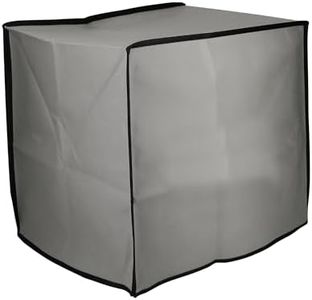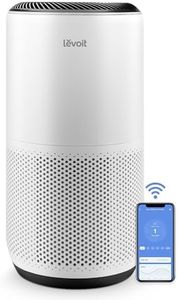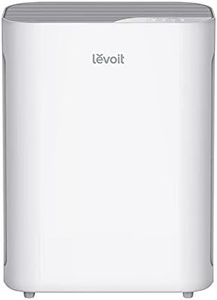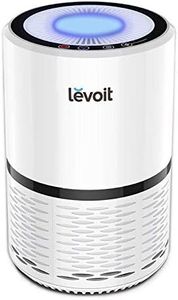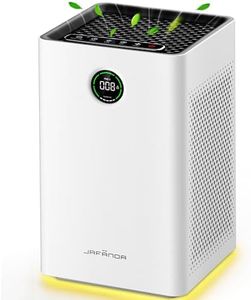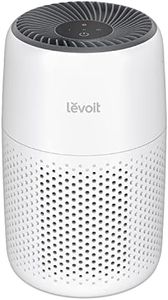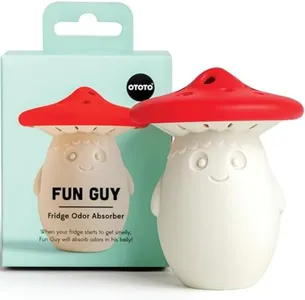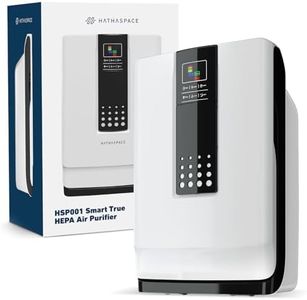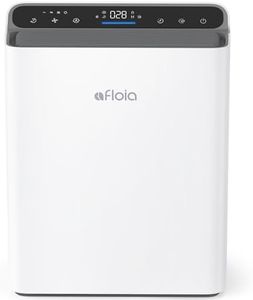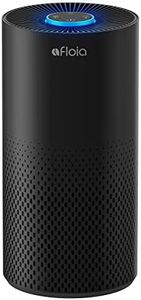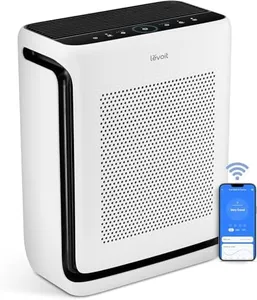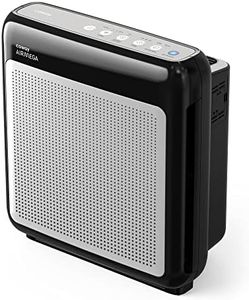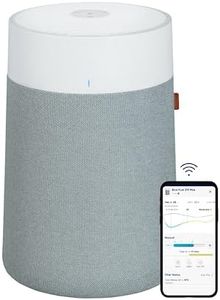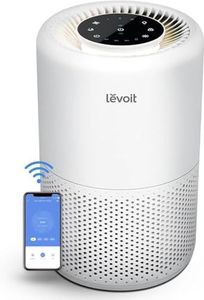We Use CookiesWe use cookies to enhance the security, performance,
functionality and for analytical and promotional activities. By continuing to browse this site you
are agreeing to our privacy policy
10 Best Home Air Purifiers
From leading brands and best sellers available on the web.Buying Guide for the Best Home Air Purifiers
Choosing a home air purifier can make a big difference in your indoor air quality, especially if you have allergies, pets, or live in an area with pollution. The right air purifier can help remove dust, pollen, smoke, and other particles from the air, making your home a healthier place to breathe. To find the best fit for your needs, it's important to understand the key features and specifications that affect performance and usability.Filter TypeThe filter type determines what kinds of particles the air purifier can remove from the air. The most common types are HEPA filters, activated carbon filters, and pre-filters. HEPA filters are excellent for capturing tiny particles like dust, pollen, and pet dander, making them ideal for allergy sufferers. Activated carbon filters are good for removing odors and gases, which is helpful if you are concerned about smells or chemical fumes. Pre-filters catch larger particles and help extend the life of the main filter. When choosing, think about what you want to remove from your air—if allergies are your main concern, prioritize HEPA; if odors or smoke are an issue, look for activated carbon.
Room Coverage (CADR and Square Footage)Room coverage tells you how large of a space the air purifier can effectively clean, often measured in square feet or by the Clean Air Delivery Rate (CADR). CADR is a standardized rating that shows how quickly the purifier can remove smoke, dust, and pollen from the air. Small purifiers are best for bedrooms or offices, while larger units are needed for living rooms or open spaces. To pick the right one, measure your room and match it to the purifier’s recommended coverage. If you use the purifier in a bigger space than it’s rated for, it won’t clean the air as effectively.
Noise LevelNoise level is how loud the air purifier is when it’s running, usually measured in decibels (dB). Some purifiers are very quiet, making them suitable for bedrooms or nurseries, while others can be louder, which might be fine for living areas. If you’re sensitive to noise or plan to use the purifier while sleeping, look for models with lower decibel ratings or a 'sleep mode.' If noise isn’t a big concern, you can focus more on other features.
Filter Replacement and MaintenanceFilter replacement and maintenance refer to how often you need to change the filters and how easy it is to do so. Some filters last longer than others, and some purifiers have filter change indicators to remind you. If you want a low-maintenance option, look for purifiers with longer-lasting filters or easy-access filter compartments. If you don’t mind regular upkeep, you can choose from a wider range of models. Consider your willingness to perform maintenance when making your choice.
Additional FeaturesAdditional features can include things like air quality sensors, automatic modes, timers, remote controls, and smart connectivity. Air quality sensors can adjust the purifier’s speed based on the air in your room, which is convenient if you want a set-it-and-forget-it experience. Timers and remote controls add convenience, while smart features let you control the purifier with your phone or voice. Think about which features would make your daily use easier or more enjoyable, and prioritize those when comparing models.
